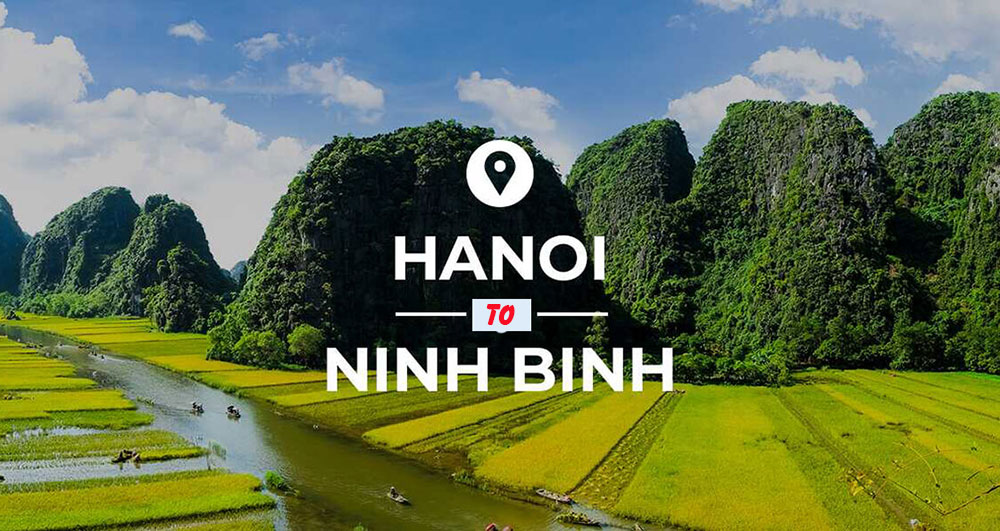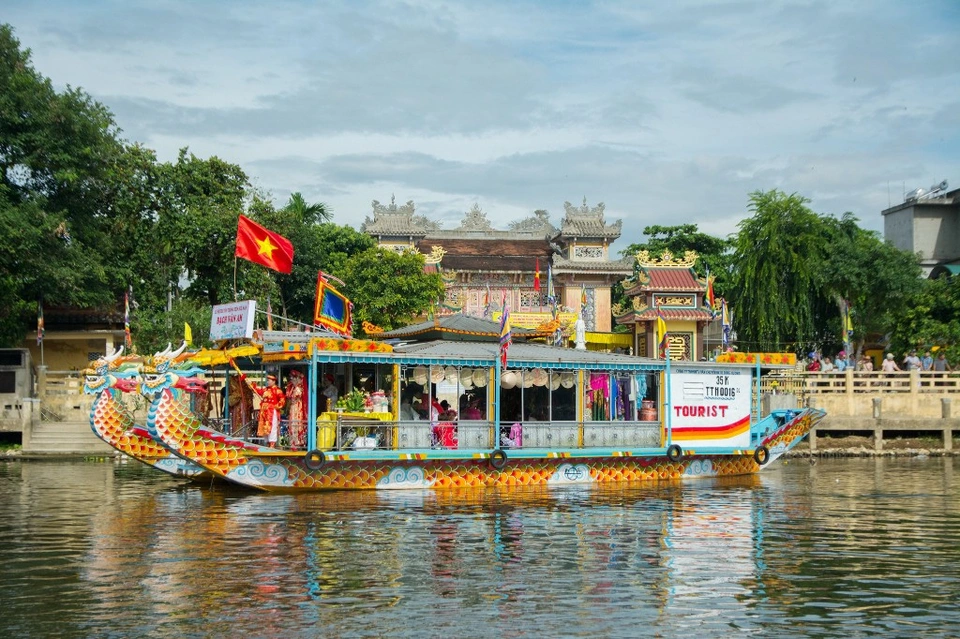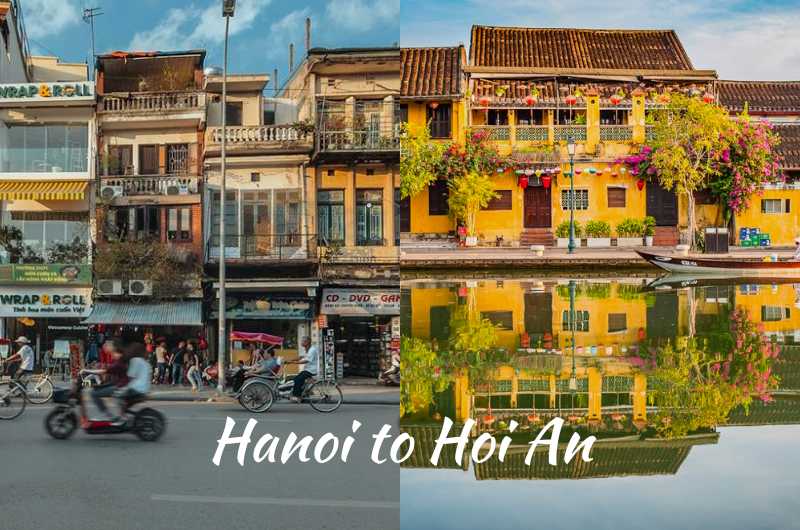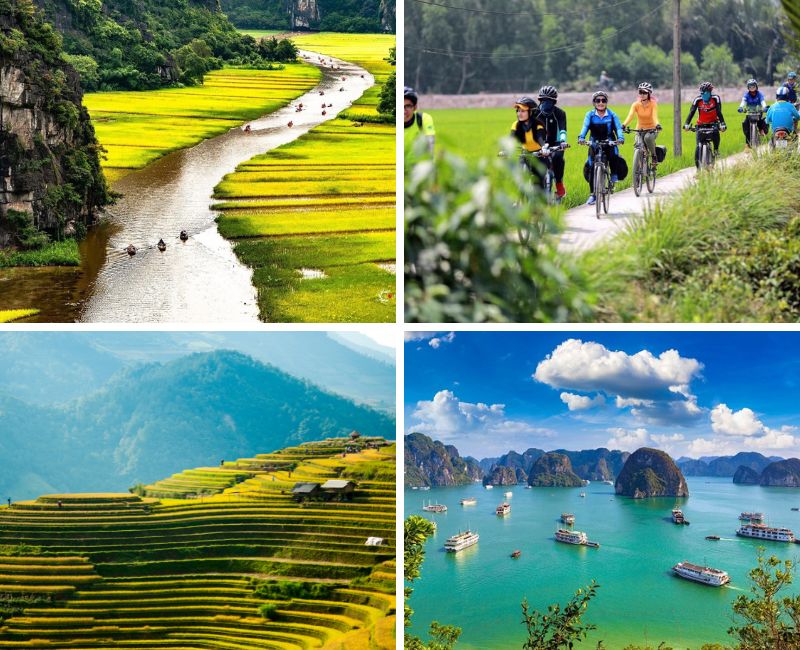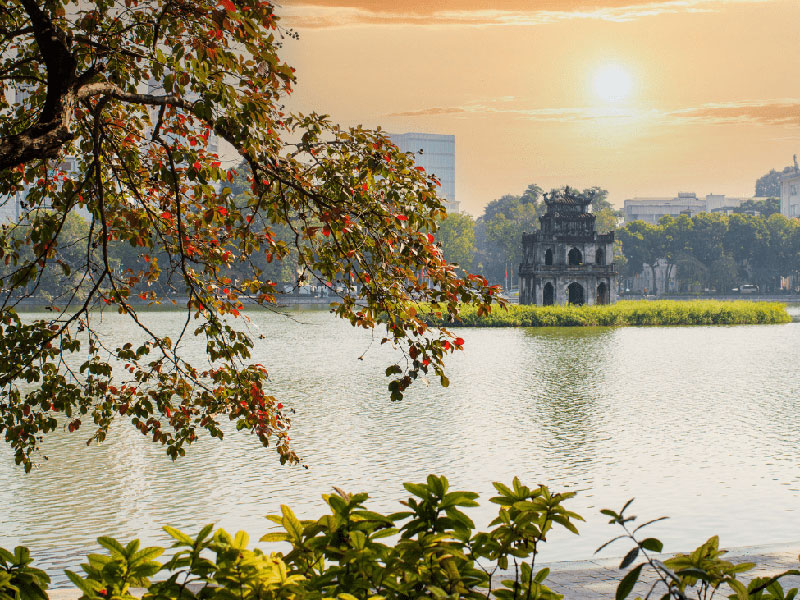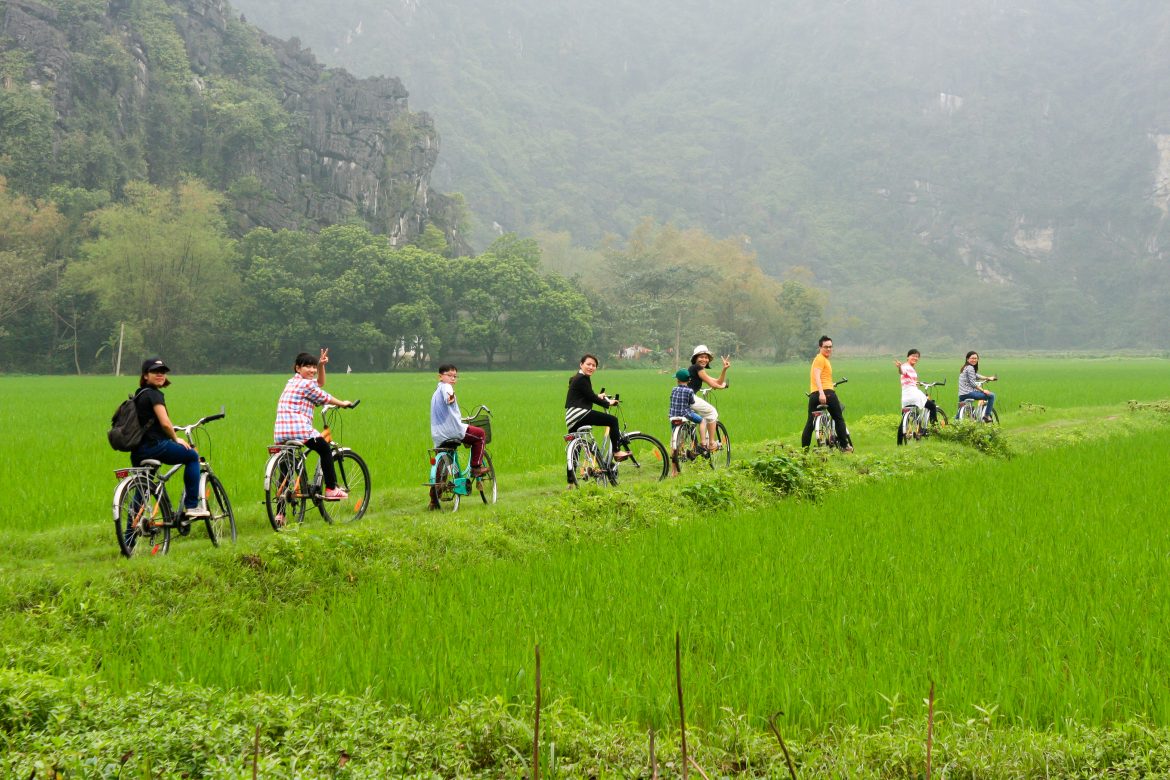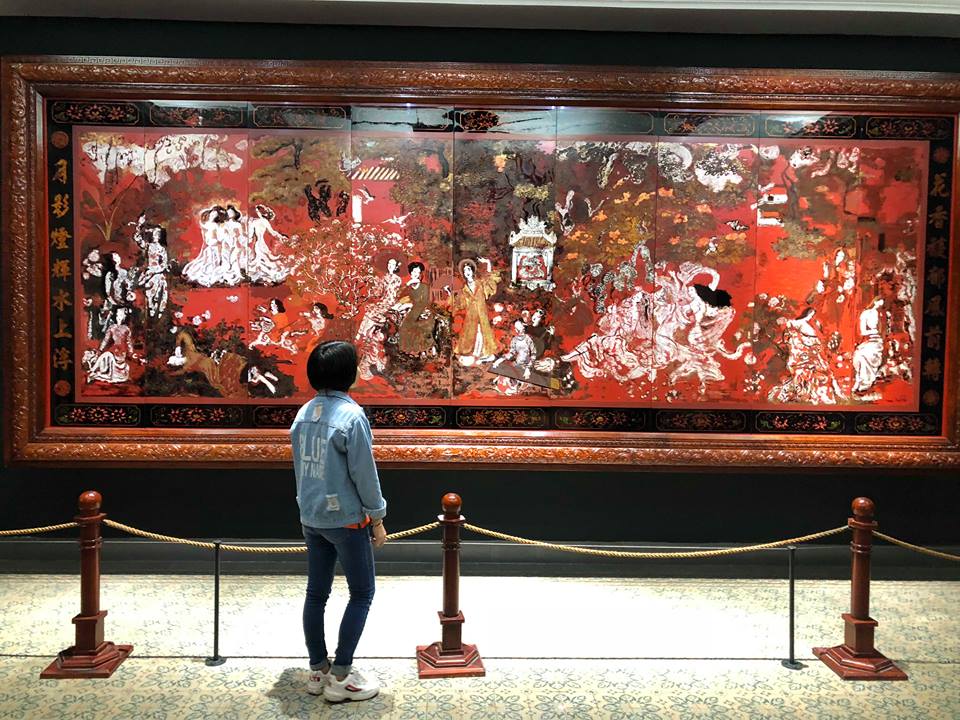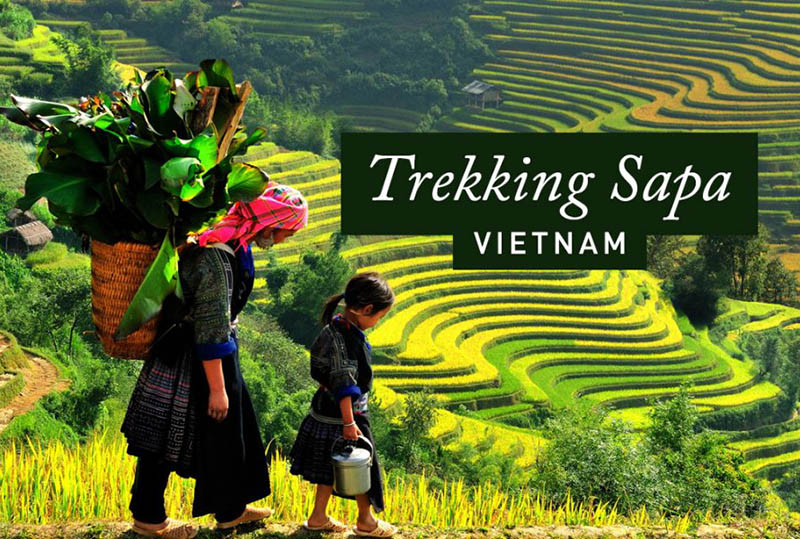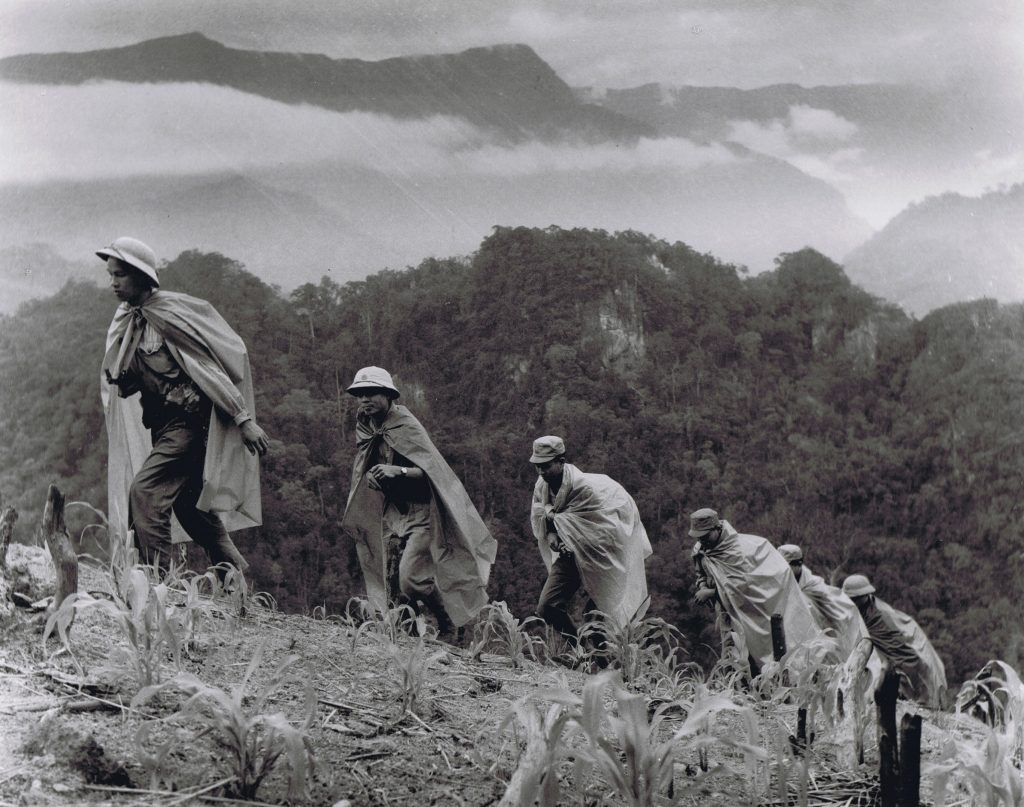Tourists to Hanoi often choose Ninh Binh as their next destination. Ninh Binh is a beautiful place with many attractions, such as Tam Coc – Bich Dong Pagoda and the Trang An tourist complex…We understand that you will find it difficult to get around when you are in another country. We have received the following questions from our customers:
‘Currently, our family is planning to go to Ninh Binh by bus from Hanoi, but we still don’t know how to get there, how far and in how much time. Can you recommend a good route and allow us to go to Tam Coc by bus from Hanoi? Can you recommend a better Hanoi Ninh Binh bus, and how to get from Hanoi to Tam Coc?
So to answer this question, we would like to present our complete guide on how to travel from Hanoi to Ninh Binh in detail below:
Route from Hanoi to Ninh Binh and Tam Coc
It’s 90 km from Hanoi to Ninh Binh and 15 km from there to the Tam Coc tourist zone, which belongs to Ninh Hai commune in Hoa Lu district.
As it’s not that far, you can certainly get to Ninh Binh from Hanoi by private motorbike and car. It will take you around two hours to get there by motorbike and just one hour by car. A coach, van or bus is also a good option.
Get to Ninh Binh from Hanoi
Tourists have a wide variety of transport options, including bus, train, etc.
From Hanoi to Ninh Binh by train
Hanoi is the capital of Vietnam and the main transport hub. Here you can easily find the transport services offered everywhere. But taking a train from Hanoi to Ninh Binh is the most popular and interesting way in Vietnam to reach this destination. It’s cheap, fast and pleasant.
You can buy tickets online or at Hanoi station. Prices may vary depending on the train and the type of seat. There will be hard seat, soft seat and sleeper on the train, but you should choose the soft seat or sleeper for the best experience.
The trains available to travel from Hanoi to Ninh Binh are SE5, SE7 and SE19. At some point there will be more trains to accommodate the number of passengers.
Hanoi station is located at 120, rue Le Duan, Hoan Kiem district, Hanoi and Ninh Binh station is located at 1, rue Hoang Hoa Tham, Ninh Binh city. The stations are open 24 hours a day, 7 days a week, all year round. There are 8 to 10 trains from Hanoi to Ninh Binh every day, starting at around 6am. The last train leaves at 8pm, so you can travel from Hanoi to Ninh Binh by train at any time.
The Hanoi – Ninh Binh train journey takes between 2 and 2.5 hours without delays. The price of a train ticket can vary from less than VND 100,000 (US$5) to VND 200,000 (US$10) for a single ticket.
You can book your tickets online on the official Vietnam Railway website. If you wish to buy the ticket at the station, don’t forget to bring your identity card or passport.
If you book the train ticket at the station, the boarding pass will be printed out and given to you. However, if you book online, you will receive the electronic ticket or electronic boarding pass. You can either print it out or show it to the train staff using your mobile phone or a board. However, it is preferable to print it out and have your identity card ready.
You should arrive at the station about 15 to 30 minutes before your departure time. At this point, the station will open its doors to welcome passengers on board. Don’t forget to check the train, train and gate number on your ticket. If you’re not sure, you can ask the train staff for information (they’re dressed in dark blue uniforms).
From Hanoi to Ninh Binh by motorbike
Getting to Ninh Binh by motorbike is another option. It will take you about 3 hours (about 100 km to Ninh Binh).
From Hanoi city centre, follow rue Giai Phong, cross the south Hanoi bus station for around 3 km and turn left for 1 km to join the Phap Van – Cau Gie motorway, then Cau Gie – Dong Van – Phu Ly – Ninh Binh.
From Hanoi to Ninh Binh by local bus
Buses are also a reasonable choice for getting from Hanoi to Ninh Binh. It’s very easy and convenient to book a Hanoi – Ninh Binh bus ticket, which you can buy online, by phone, at bus stations or bus agencies. The price and range of buses are wide, so you can choose what suits you best.

There are limousines (the most expensive and, of course, the most comfortable), couchette buses and soft-seat buses. More than 25 bus agencies operate in Hanoi, the best-known names being Hoang Long, Queen Cafe, Group tour, Non Nuoc Ninh Binh, etc. The departure time of each bus is different, with buses running from around 7am to 7pm.
The Hanoi – Ninh Binh bus journey will take around 2 to 3 hours, depending on traffic. Some bus agencies offer a pick-up service (they will pick you up and drop you off at your intended destinations), but you can also catch a bus yourself at the bus stations. If you want to go to the bus station, here are the addresses of the bus stations in Hanoi:
- Giap Bat bus station at 6 Giai Phong street, Hoang Mai district
- Yen Nghia bus station at Highway 6, Ha Dong district
- Nuoc Ngam bus station at 1 Ngoc Hoi street, Hoang Mai district
- My Dinh bus station at 20 Pham Hung
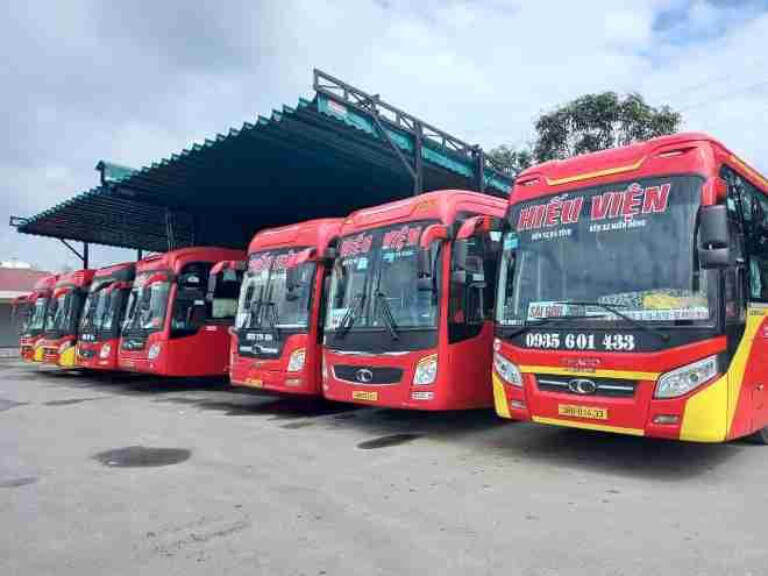
As we mentioned, prices vary widely. You can expect to pay:
- Around VND200,000/person or US$10 for a seat in a limousine
- Around VND100,000/person or US$5 for a seat in a sleeper bus
- From VND 100,000/person or US$5 to VND 150,000/person or US$7 for a seat in a soft-seat bus (prices vary depending on the type of car or bus).
Travelling from Hanoi to Ninh Binh by bus can save time and money, but has certain disadvantages. Drivers may try to squeeze as many customers onto a bus as possible, so buses are often cramped and uncomfortable.
Don’t be late, as the bus will leave at a set time. It is best if you arrive at the station 15 to 30 minutes early. If you choose a pick-up bus, they will inform you of the date and time of the pick-up. Don’t forget to make a note of it. And that’s all you need to know about travelling by local bus from Hanoi to Ninh Binh!
From Hanoi to Ninh Binh by private car
If you’re travelling from Hanoi to Ninh Binh in a group, the best option for you is to hire a private car. It’s a bit expensive if your group is small (less than 10 people). But if you’re travelling in a large group (more than 15 people), it can be cheaper than travelling by bus.
The advantages of a private car are many: flexible timetables, faster and more comfortable. You can decide where and when you want to be picked up, the type of car you want, and so on. A large number of car rental agencies operate in Hanoi, so you can choose the one that suits you best.
>>> Practical information for visiting Ninh Binh
Prices vary greatly depending on the agency. It is generally a one-way rental package. A 4-seater car can cost from around VND 1,000,000 to VND 1,500,000 (US$ 50 – 75) and a 29-seater bus from VND 2,000,000 to VND 3,000,000 (US$ 100 – 150).
Some agencies provide English-speaking drivers, which is a real bonus for tourists. Bear in mind that these limousines are more expensive than a normal car, but they are the most comfortable.
Valuable tips
- One tip for tourists is to book transport tickets in the high season or close to the Tet holiday or other national holidays, which can be difficult. It is therefore advisable to book in advance.
- And if you want to hire a car or motorbike, you should first find out about the place by reading the reviews of the rental. And don’t forget to check the documents and the motorbike or car in advance, in case there are any problems.
- You should also bring a map or mark the route before you set off.
- Remember to arrive on time at bus or train stations, as the bus or train will not be waiting for you.
- You should check the train or bus ticket to find out whether it is a one-way or return journey.
- Don’t hire a motorbike or private car without a certificate or at too low a price. Either the motorbike or car will be in poor condition, or there will be a scam.
- If you’re still unsure about how to get to Ninh Binh, Tam Coc – Bich Dong and Trang An safely and enjoyably, don’t hesitate to contact us for more information.
Now you get to know the means of transport from Hanoi to Ninh Binh as well as the bus routes from Hanoi to Tam Coc so you can have a smooth trip, right? And we really hope that our practical experience that we have just shared will help you make the best decision in choosing the most reliable Hanoi Ninh Binh line bus agency for your trip. We wish you a happy and safe journey!

